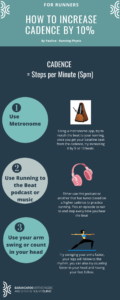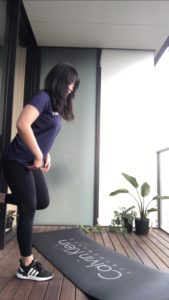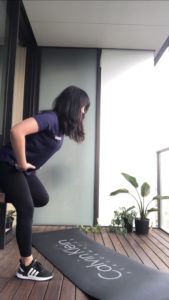Save your knees and increase your cadence when you run
By Physiotherapist, Paulina Backiel
What is cadence?
Cadence is the rate at how many steps you take per minute.
For example, let’s say in 1 minute you take 65 steps with your right foot and 70 with your left foot. This equals 135 steps per minute (spm).
Cadence = Steps per Minute (spm)
What is the cadence I should be running at? Is it 180?
You may have heard about the 180spm cadence that everyone talks about, however, this is not true for everyone. The number came about when a running coach by the name of Jack Daniels analyzed professional runners in the 1984 olympics and found that the average cadence between all of them was 180spm. This does not mean 180spm is bad, it just means that it is not going to work for everyone. We all have different leg lengths, therefore, we will have different cadence when we run.
For example a person with longer legs(longer levers), therefore it would be hard for that person to slow their legs before they touch the ground than a shorter person(short levers). So what you find in common is that taller people will have a slightly lower or equal to 180 cadence and shorter people will generally have 180 or higher cadence.
How can you save your knees using cadence?
Most people when they run actually have a very low cadence. This is because we run to music that is on the radio and that is commonly played at 120 beats per minute, so the body ends up copying the rhythm it hears.
Evidence and my own running experience shows that just by increasing your cadence by 10% can improve your running technique and decrease knee pain. These improvements are also shown to last 3 months after the change in cadence. Can you imagine, it can decrease load on your knee by 20%, that is massive! It also has benefits such as decreasing the load on your hips and more.

Conclusion
Everyone’s cadence is going to vary, however, it will hover around 180spm. By just increasing your cadence by 10% you can save your knees and improve your overall running technique.
Want to improve your running further? Be sure to book in for my Run Faster and Smarter program HERE.
Your physio,
Paulina
Resources
1.Bramah C, Preece SJ, Gill N, Herrington L. A 10% Increase in Step Rate Improves Running Kinematics and Clinical Outcomes in Runners With Patellofemoral Pain at 4 Weeks and 3 Months. The American journal of sports medicine. 2019 Dec;47(14):3406-13.














